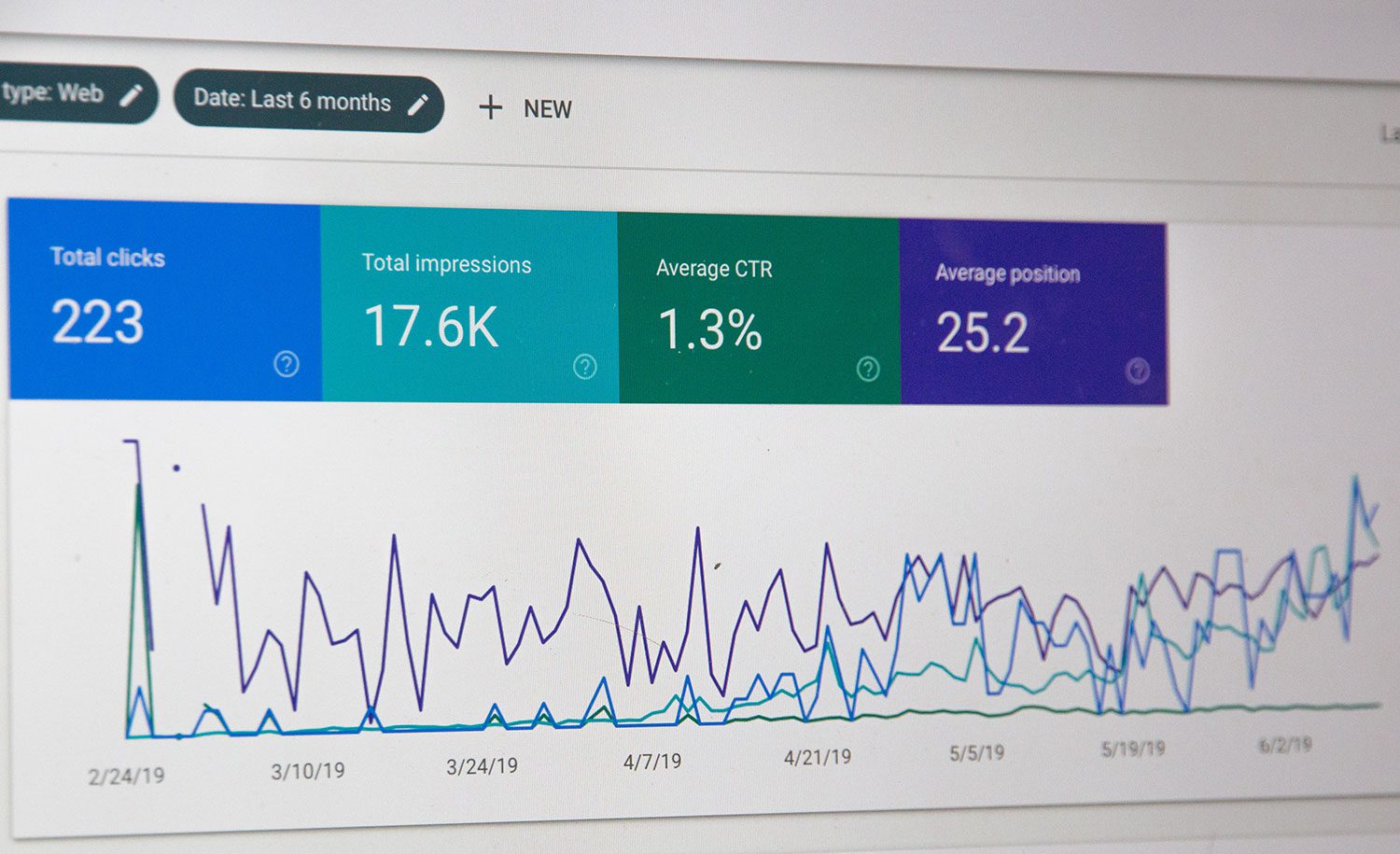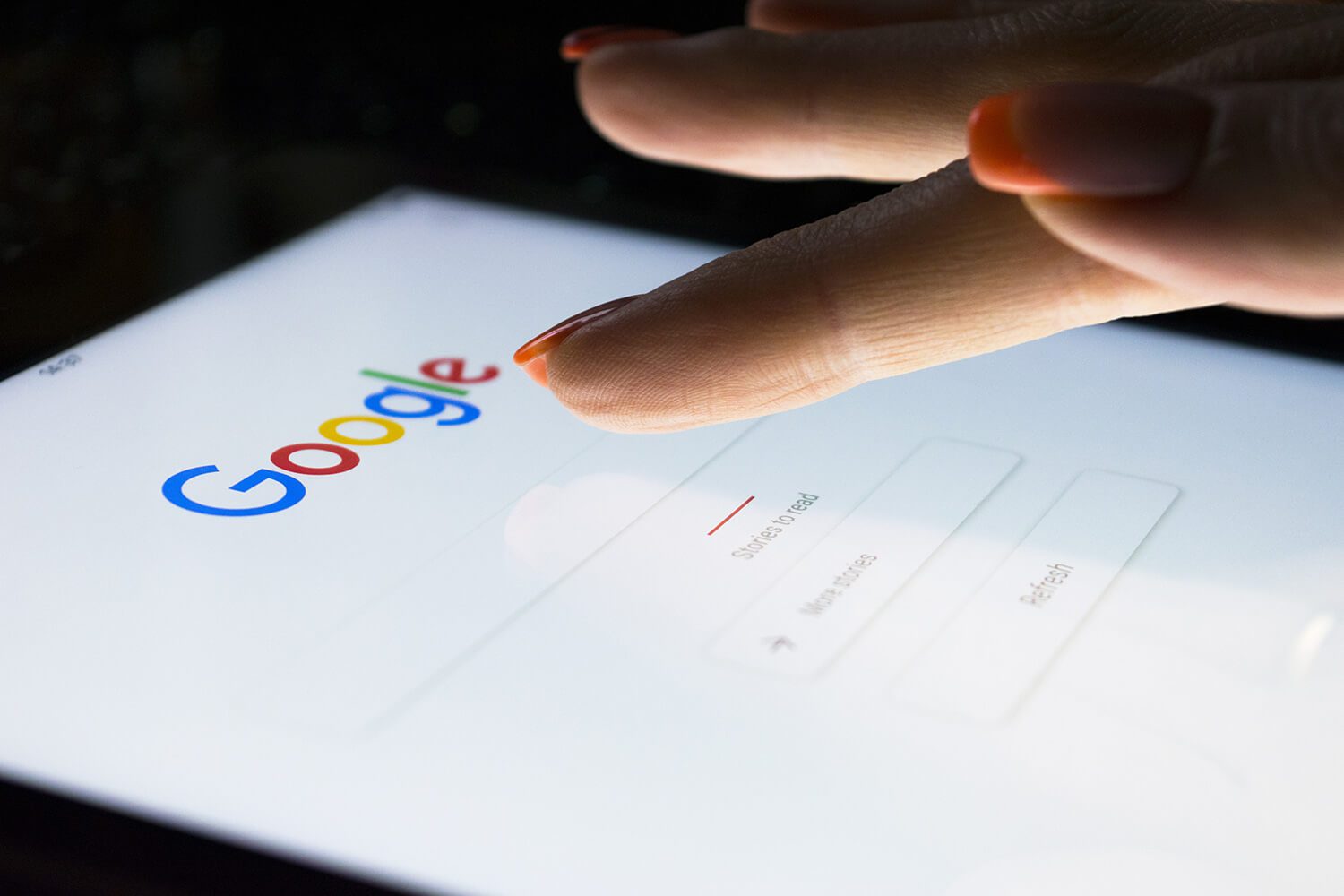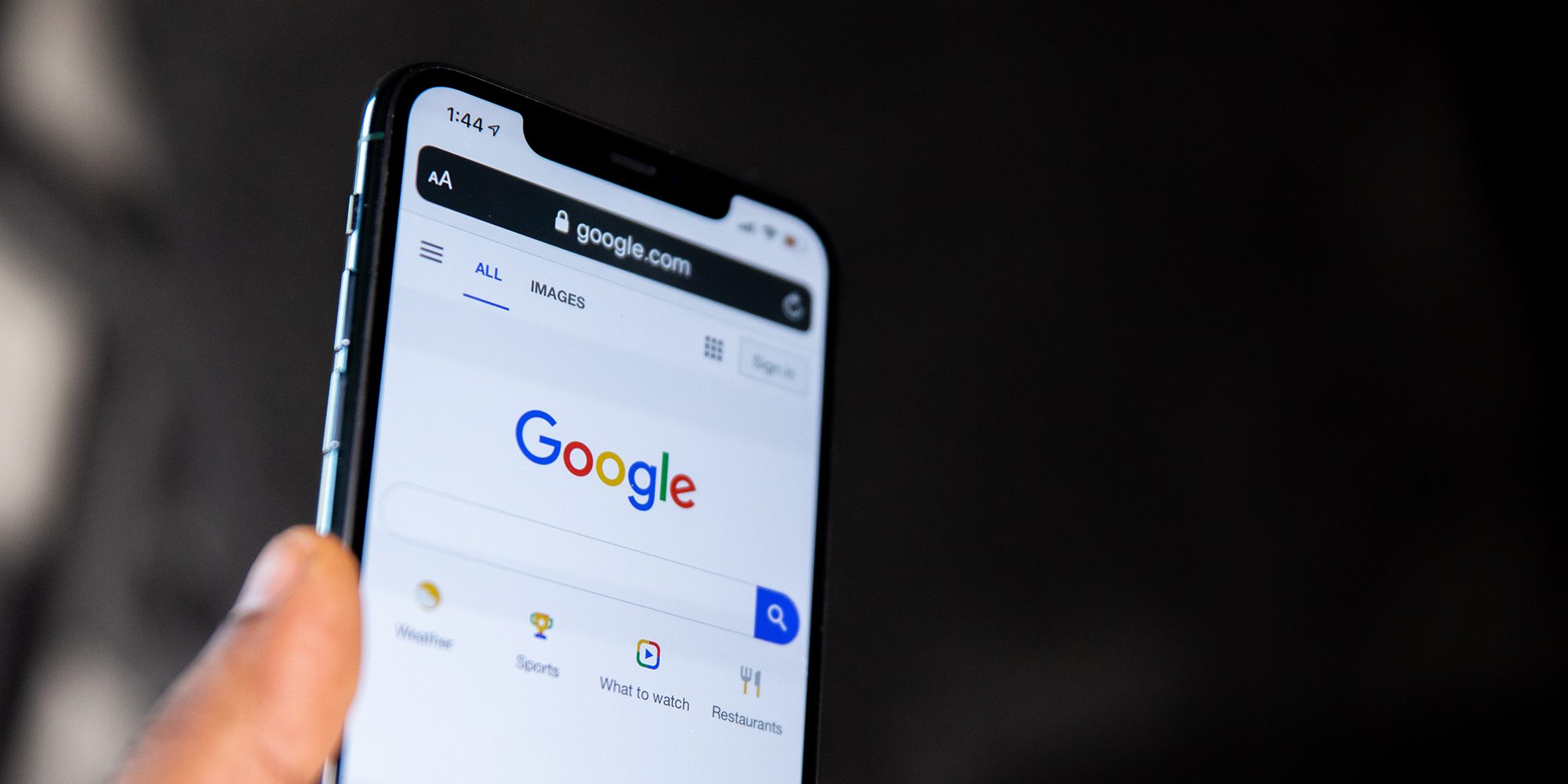
As a marketer, the Google algorithm can feel like your worst enemy. It’s constantly changing, and just when you think you’ve got a handle on it, a new update arrives, and it feels like it might throw off your entire SEO strategy.
For example, on August 25, Google released the “helpful content update.” It might be helpful to internet users, but it might seem like more of a hindrance to you and your team.
Are you confused by the latest Google search update? If so, you’re in the right place. You can find answers to your most pressing questions below.
What is Google’s helpful content update?
The helpful content update is one of this year’s latest Google algorithm updates. This update will reward websites that feature “people-first” content and penalise those that write content for search engines.
In other words, if you’ve been stuffing your content with target keywords or publishing blog posts merely for publishing’s sake of “fresh content”, it’s time to change your strategy.
Google is cracking down harder than ever on SEOs trying “swindle the algorithm,” meaning you might have to make some changes to your website content.
What does Google mean by “people-first”?
People-first content is written for humans to read, not for search engines to crawl.
For several years, many marketers have focused more on content quantity than quality to rank higher on search engine results pages (SERPs).
Companies are pumping out blog posts loaded with keywords and formatted based on SEO “best practices”. However, this content, more often than not, doesn’t answer the users search intent, provide much value or can leave readers feeling they’ve had a negative experience interacting with the business’s website, blog, etc.
People-first content checks the following boxes:
- Has a clear central idea
- Is written with a specific audience in mind
- Provides in-depth insight into a particular topic
- Clearly answers readers’ questions
- Features valuable images, infographics, videos, etc.
- Uses headings, bullet lists, etc. to organise content and make it readable
- Includes links to credible sources
In a perfect world, you’d already be doing things. However, as a busy marketer, you may have focused more on the search engine and less on the actual reader.
Remember that the reader is the one who will buy your products or services, not the search engine. If someone doesn’t have a good experience engaging with your content, they will not follow through and make a purchase.

How does Google decide if my content is helpful?
It’s easy to feel frustrated when Google rolls out an algorithm update – especially if you are just starting to see results after changing your strategy based on the last update.
The good news is that Google has provided some easy-to-follow suggestions to navigate this change and improve your content marketing plan.
In general, content that meets these criteria falls under the “helpful” umbrella:
Created for a specific audience
No successful business sells products or services for “everyone.” They have a clear target audience in mind, and they create content to benefit that audience.
If you’ve been writing general content, you’re likely not assisting anyone (not even yourself, thanks to Google’s latest update).
Showcases the writer’s expertise
Your website content should answer your target audience’s questions and establish you as an authority figure in your industry.
People will start going elsewhere for their information if you talk generally about a topic and don’t provide in-depth insights.
Seems credible and trustworthy
Imagine reading an article on a website that features various facts and bold statements with no citations backing them up.
Would you consider the author of that article trustworthy? Probably not.
One of the best ways to support your audience and increase your credibility is to include links to relevant sources in your content.
Meets the searcher’s needs and wants
Finally, your content should meet a searcher’s specific need or want. It should answer a question or help them understand a topic better.
Create content so detailed and insightful that readers don’t have to visit other websites because they got everything they needed from yours.

How to do a content audit for the Helpful Content Update
When introducing the helpful content update, Google suggested that marketers delete unhelpful content to avoid penalties from the algorithm change.
Don’t be too hasty about wiping your website and starting over with all new content! Set aside some time for a content audit instead.
A content audit is a systematic analysis of, you guessed it, your website content. Here are some questions you can ask yourself during your content audit to determine if it is helpful or unhelpful:
- Would your business’s target audience find this content worthwhile?
- Does your content answer a specific question?
- Does your content show that you have firsthand experience and in-depth knowledge of a particular subject?
- Does your website have a primary focus or purpose?
- Does each piece of website content have a primary focus or purpose?
If you can say “yes” to these questions, there’s a good chance Google will view your content as helpful.
The audit doesn’t end here, though. Ensure you can also say “no” to the following questions:
- Do I produce lots of content on different, unrelated topics to show up on search engine results pages?
- Am I relying on automation to produce content?
- Am I just summarising what others say without adding anything new?
- Am I writing about trending topics rather than topics my audience finds relevant?
- Do searchers have to look elsewhere for answers after reading my content?
- Am I using many unnecessary words to talk about a simple concept?
- Do I promise an answer to an unanswerable question (e.g., promising the release date for a product when you don’t have one)?
Use these lists as guides for your content audit. They’ll improve your content for your audience and, by default, search engines.
Let us help you navigate the new Google update
Now that you know more about Google’s helpful content update, do you feel more confident in your ability to improve your website content and provide more value to your audience?
Remember the information discussed above, and you’ll have a much easier time creating helpful content for your users that’ll ultimately boost your website’s long-term performance.
If you need extra guidance as you improve your website and adapt to the Google August update, our team at Crio Digital is here for you. Get started today with a free SEO website audit.



